Home / Handy Tips /
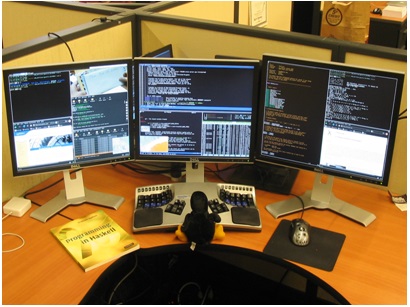 Do you find yourself switching between windows constantly as you work? Multiple monitors could be the answer in improve your computer setup.
Do you find yourself switching between windows constantly as you work? Multiple monitors could be the answer in improve your computer setup.
Using multiple monitors is a fantastic way to increase productivity, as they can be used to expand the size of your desktop. And, as a bonus, Windows makes setup and management pretty easy! Let’s take a look.
Why Setup Multiple Monitors?
Put simply, using two or more monitors expands your desktop, meaning you can see more at any one time. Your mouse will jump between monitors, too, making multi-tasking a breeze.
Those who use multiple monitors tend to have numerous programs open and on screen. That way, there’s no need to switch back and forth between programs.
While almost anyone can improve their computing experience with multiple monitors, these types of computer users tend to find the most benefit:
- Users who need to check live information while working, such as emails or up-to-date statistics.
- Coders who need to view both their code and the job’s brief at once.
- Gamers who want a more immersive gaming experience.
- Users who want to watch a video on one screen, and work on something else on the other.
- Anyone who needs to view two or more things while working. For example, a web page and an email, two word documents, a spreadsheet and a PDF.
Multiple Monitors Setup
Setting up multiple monitors with a Windows computer should be straightforward. In most cases, it’s just a matter of plugging them in.
The majority of new computers have more than one port for a monitor. These ports will accept DVI, HDMI, or VGA cables, or a mix of the lot. In some cases, the computer will include a splitter cable, allowing you to hook up more than one monitor using a single port.
Laptops also feature ports for connecting external monitors. If you hook up an external monitor, Windows will give you the option of using just the external monitor, or sharing your display between the external monitor and laptop screen.
If you run into any trouble setting up multiple monitors, feel free to give me a call on 1300 553 166 and I can help get things up and running.
DVI, HDMI, VGA: Which is Best for Connecting External Monitors?
Which type of port you will use to connect multiple monitors to your computer depends on which types of ports your computer has. Here’s what they look like.
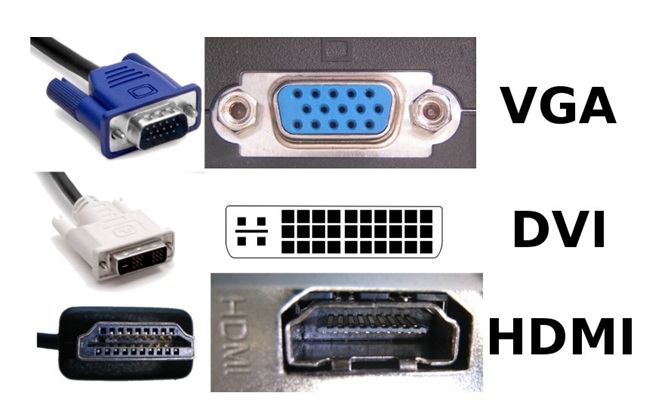
If you have an older monitor, for example, it will probably connect with a VGA port. Newer laptops may only have DVI or HDMI connectors, so you’d need to purchase an adaptor.
Make sure you know which port(s) your computer has before you purchase a new monitor.
Managing Multiple Monitors
Configuring multiple monitors with Windows is simple. Once the monitor is plugged in, Windows will automatically share the display between your two screens. You can now drag documents, web browsers, photos, programs etc. between the two screens.
If you want to make adjustments, right-click on your desktop and select ‘Screen resolution’. This window will open, and a ‘Multiple displays’ option will appear when a monitor is plugged in.
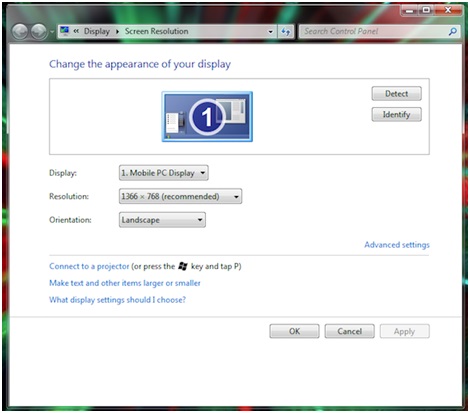
The ‘Extend’ option will spread your display over the multiple monitors. The other options are useful if, for example, you plan to give a presentation using multiple monitors. You can keep one blank, and one on.
Need Help?
When it comes to technology, some things are easier said than done. If you have any issues setting up and managing multiple monitors, or you require any mac repairs, computer repairs or want to explore your home network setup options, don’t hesitate to get in contact on 1300 553 166 or fill out the form on this page.


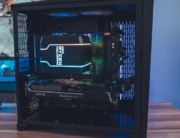


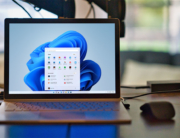


Leave A Comment